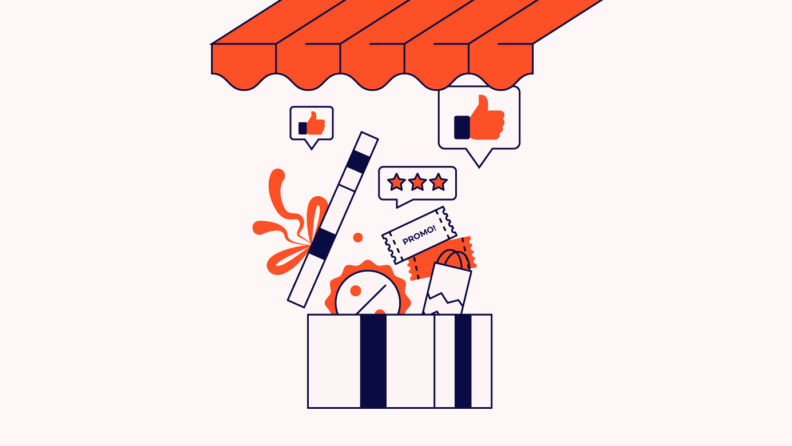Broad Goals, One Target: Ecommerce optimization encompasses diverse objectives aligned with the singular ambition of amplifying overall success and profitability.
ROI: The Ultimate Quest: The paramount goal for ecommerce operations is to elevate profitability and enhance the return on investment, embodying the essence of efficiency in business.
No Magic in Margins: Achieving a favorable return on investment requires more than wishful thinking; it demands strategic actions and deliberate efforts.
Spotlight on CRO: Conversion rate optimization (CRO) stands out as the critical lever for elevating ecommerce performance and unlocking the store's full potential.
Ecommerce optimization is a broad term that is defined by your store's various goals, which all fit under the umbrella of your one big goal.
The ultimate goal for ecommerce brands is to hit those numbers (i.e., increase profitability) and boost ROI (return on investment).
You want to get more out than you put in. But, it doesn’t happen magically.
While the importance of ROI in ecommerce is obvious, it isn’t always clear why your store isn’t at peak performance or what you should do to get it there.
Well, the true culprit/game-changer is conversion rate optimization (CRO).
Simply put, poorly optimized sites don’t convert leads into sales, leading to certain revenue loss.
But sites that put conversion optimization tactics into practice start seeing those numbers go up. You might ask, “what tactics?”
Don't worry—we're here to help with that. We’ve got some tips on optimizing your ecommerce website to ensure your ROI improves.
What Is Ecommerce Optimization?
Ecommerce optimization is the process of tweaking and fine-tuning your customer experience to ensure shoppers can move through the sales funnel smoothly, eventually purchasing your products.
The term “ecommerce optimization” often refers to a variety of strategies designed to increase your store’s conversions across various goals (newsletter signups, purchases, upsells, etc.).
The aim is to eliminate friction in all design aspects, including the layout, navigation, readability, and other elements.
This can be done by improving your product pages, increasing website speed, and A/B testing your page to see what works and what doesn't.
That's only the tip of the iceberg, though. Keep reading for more effective tactics you can implement to grow your conversions.
15 Ecommerce Optimization Tactics That’ll Boost Your Conversion Rates
You must keep optimizing your customer journey to increase your ecommerce company's profitability and beat the competition.
According to Jeff Bezos, “Being customer-focused allows you to be more pioneering.”.
Which is also why, for 51% of marketers, prioritizing personalization stands out as their most important agenda.
So, here are my favorite ecommerce optimization tactics that I think will help you increase your ROI.
1. Make product pages pop
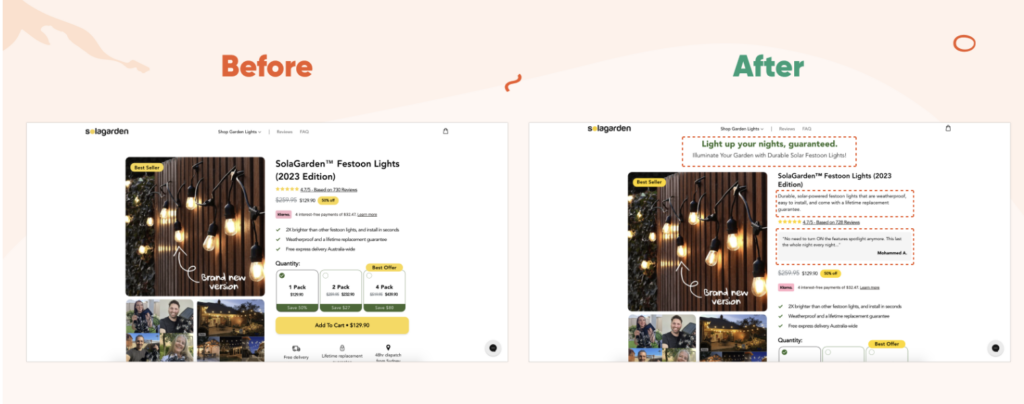
Product pages are tireless sales reps working round the clock to help you make sales. Unlike your homepage, a product page has a single functionality—to showcase your products.
They shape a prospect's shopping experience and convince them to buy the product.
When creating product pages, their structure should take the shopper on a slippery slope that gets them reaching for their credit cards.
That entails:
- Structuring the page layout to complement the products for a personalized online shopping experience.
- Highlighting the most important product features instead of having the customer wade through a dense list.
- Including an explore feature to let shoppers easily search for their preferred product quickly with the least number of clicks.
- Grouping products that complement each other into related product categories to inspire the customer to get the whole experience.
- Creating compelling stories around products and their usage to address customer needs, communicate value, and inspire them to buy.
2. Optimize your checkout process
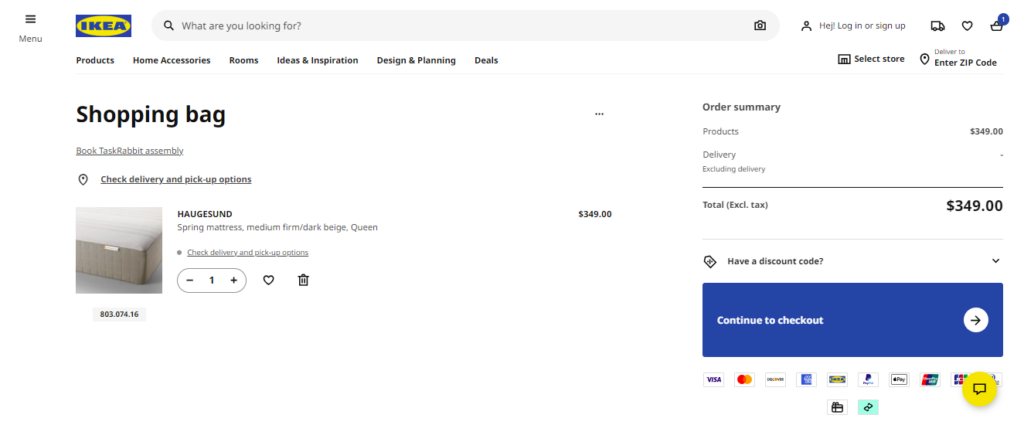
Checkout process optimization entails streamlining everything that helps customers finalize their online purchases.
The ultimate goal is to minimize friction and allow customers to effortlessly pay for their purchases. An optimized checkout process reduces cart abandonment rates while increasing sales and conversion.
When shopping online, I love a quick checkout process with no hidden surprises.
Like 61% of shoppers, I'll readily abandon my shopping cart if the shipping and handling fees are outrageous.
Here are some ideas you can use to improve the customer checkout process:
- Being transparent about shipping fees, including offering free shipping and returns, helps build customer trust.
- Offering a single-page checkout process saves shoppers the hassle of navigating multiple tabs.
- Customers are more likely to complete their purchases if you provide multiple payment options. It allows them to pick a payment option that suits their needs and preferences.
- Including a guest checkout option also helps boost sales, since not all visitors want to go through the hassle of creating an account.
- Besides using a secure payment processor, displaying trust indicators on your checkout page helps build trust in first-time buyers. These include security badges, SSL security, customer testimonials, and money-back guarantees.
3. A/B test to find out what's best
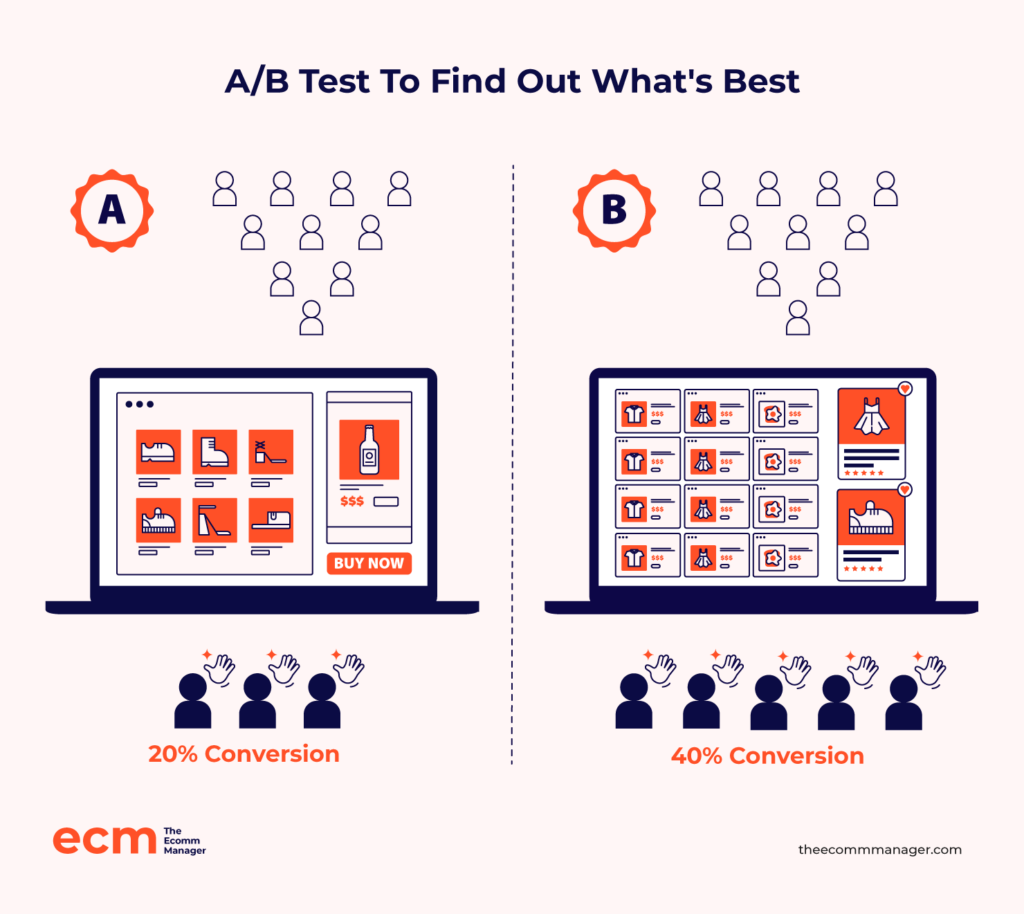
A/B testing is a valuable marketing strategy for optimizing your marketing efforts for efficiency.
Apply the A/B test to multiple aspects of your ecommerce store, like product page layouts, landing page design, pricing strategies, and call-to-action buttons.
For example, you could experiment with different discount types (such as dollar-off or percentage-off discounts, mystery discounts, or free shipping) to see which resonates better with customers.
The ultimate goal is to test different variations of these elements and determine which delivers the best ROI.
Some apps, including Optimizely, can help you determine what A/B tests you should perform and which of your pages are the most popular, plus you can use heatmaps to see how visitors navigate your website.
A/B testing eliminates guesswork and lets you make data-driven decisions and launch effective strategies that grow your sales.
With each variation, you can monitor key metrics like click-through rates (CTR), conversion rates, bounce rates, and revenue.
You pick the winning elements and campaigns and use them as the benchmarks for future strategies.
Since A/B testing is iterative, I recommend building it into your business strategy by routinely testing out elements of your site to improve them.
It allows you to keep up with the market dynamics and trends and provide a top-notch shopping experience to your customers.
4. Speed up your site
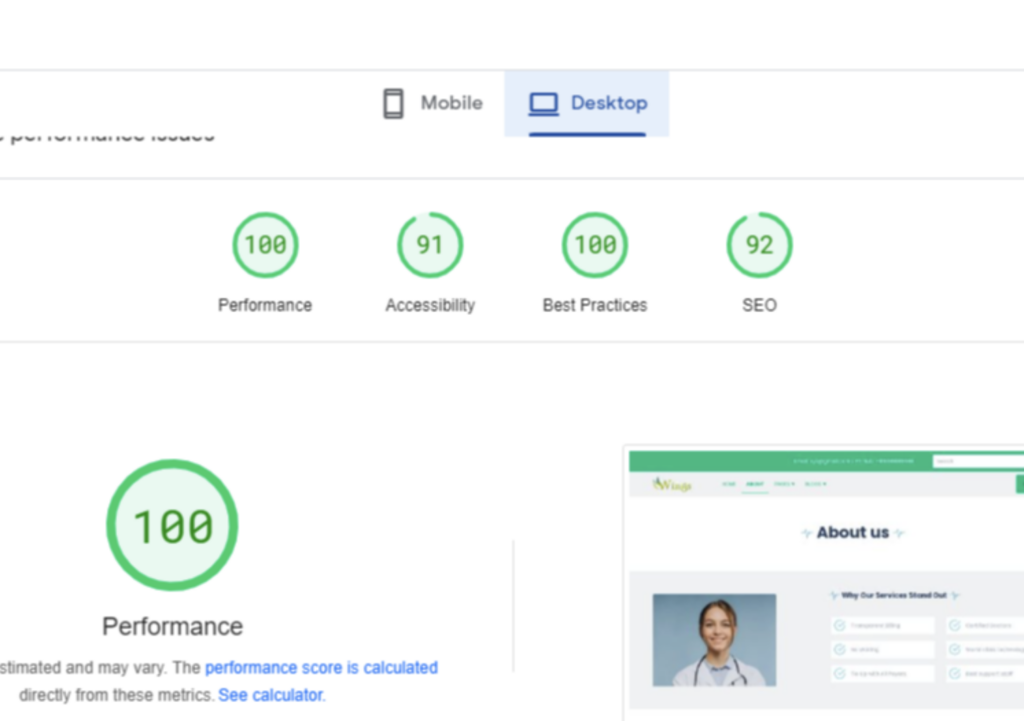
Modern-day shoppers appreciate their time—so, they'll never shop from slow, clunky ecommerce websites.
As such, page load speeds—how quickly your website is accessible to users—determine your sales and ecommerce conversion rates.
On average, most sites load in 2.5 seconds, but the top ecommerce sites in the U.S. load in under 2 seconds.
Page speeds matter because:
- 83% of your prospects expect your website to load in three seconds or less.
- 40% of your prospects will abandon your website if it takes more than 3 seconds to load.
- Nearly 70% of online shoppers say site load times impact their willingness to purchase from online retailers.
- 79% of online shoppers blacklist slow-loading ecommerce sites.
Why not use one of the biggest search engine’s own tools to determine your site speed and take proactive measures to reduce the bloat?
With Google Lighthouse, your website goes through several audits to ensure you improve Core Web Vitals (an important metric to achieve rank on Google).
Apart from that, the tool inevitably helps enhance page speed by giving you deeper insights into what is affecting your loading time.
Moreover, compressing high-product images, eliminating unnecessary plugins, and using a dedicated hosting service help ensure lightning-fast loading speeds.
5. See what's working with heatmaps

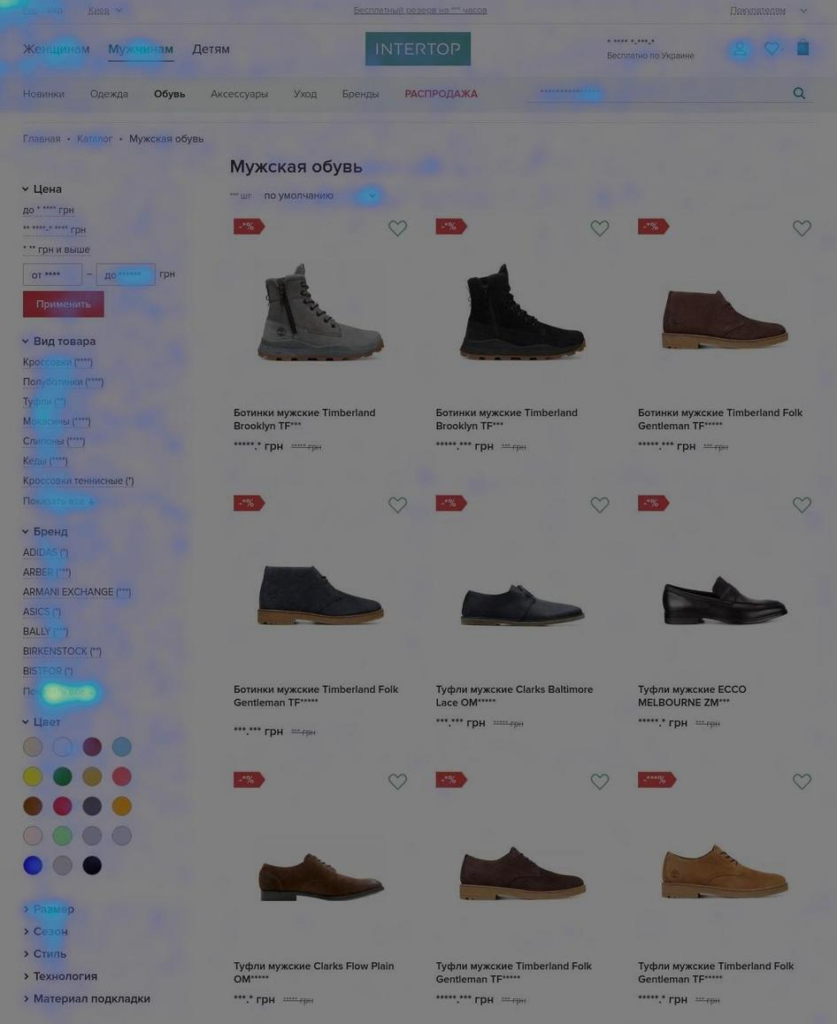
Heatmaps are visual representations that offer incredible insights into how shoppers behave on your website. They are a goldmine for ecommerce optimizations.
It's a color-coded roadmap showing your page's most popular and unpopular sections.
A heatmap shows how visitors navigate your pages, where they click the most and least, and where they drop off.
I love heat maps because they aggregate user behavior and offer simple insights into how the target audience interacts with a website.
They show what shoppers click on, ignore, or scroll through. For me, this helps to identify trends and optimize landing pages and feedback forms to increase engagement, sales, and conversion.
For instance, a heatmap may show visitors only scroll halfway through the page.
That could mean they're not seeing your CTAs if they're located way down the webpage. Including additional buttons high up the page can improve conversion rates.
Still, reducing the content on the product pages while quickly providing shoppers with the most valuable information can improve customer experience.
If you also consider the F pattern (starting reading the page horizontally), you can place images or other eye-catching elements in the top left corner of a text-heavy website to ensure visitors notice them.
6. Upsell and cross-sell strategically
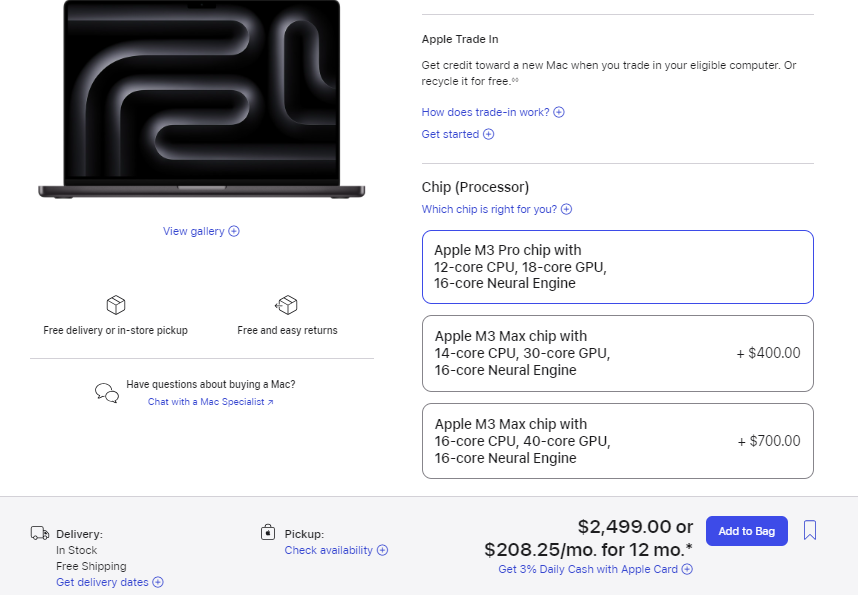
Upselling encourages customers to buy a higher-end product, while cross-selling invites shoppers to buy related products.
When applied strategically, upsells and cross-sells increase your revenue without incurring additional digital marketing costs.
Both strategies require exceptional product and customer knowledge.
With cross-selling, you must identify products that satisfy a complementary need the original item doesn't fill.
For instance, you can cross-sell a comb to a shopper who is buying a blow-dryer as they check out. It lets you showcase your catalog while conveniently helping customers get everything they need.
Upselling is my favorite way to increase the average order value while providing shoppers with an excellent buying experience.
Hubspot’s 2022 Sales Strategy Report reveals that nearly half of companies (42%) generate 11-30% of their revenue through upselling or cross-selling techniques.
Also, using comparison charts helps shoppers visualize the value they'd get ordering a higher-priced product. Customers will often pick a higher version or model if it's better suited to filling their needs.
You'll need to truly understand what your prospects and customers value, then curate products with features that truly meet their needs.
You can observe online interactions for useful information by examining recurring problems and upselling opportunities.
Customers can also receive immediate assistance from automated systems such as AI chatbots, which can mention popular products and make interactions smoother.
7. Make it unique with data-driven personalization
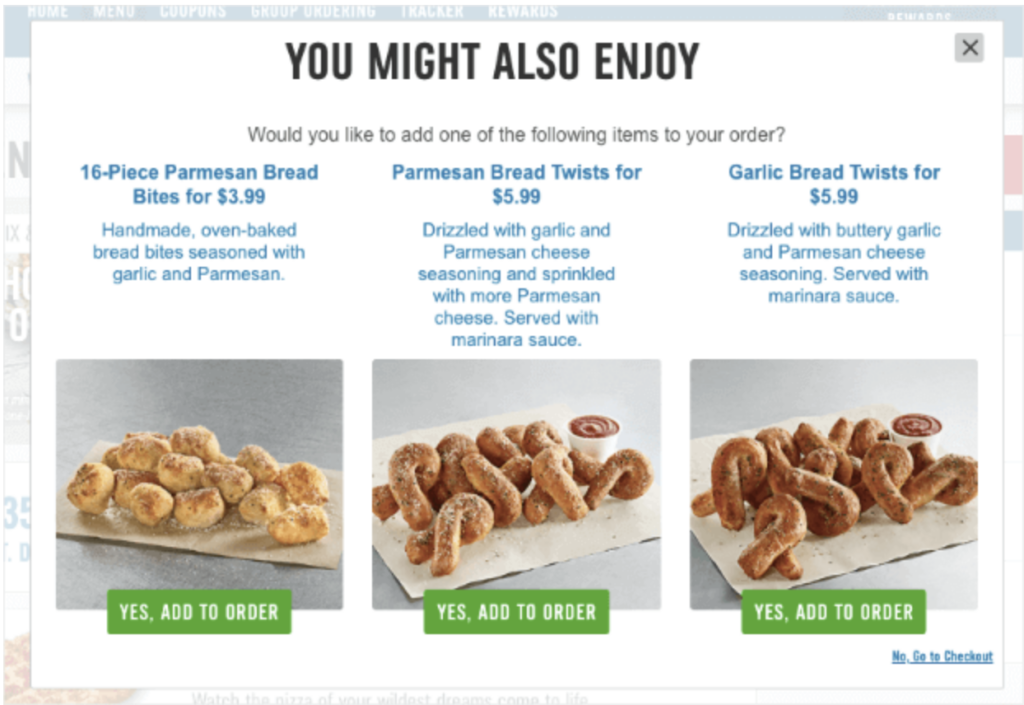
Data-driven personalization entails using customer data and insights to deliver personalized offers, product recommendations, and shopping experiences.
Adobe's Personalization at Scale research showed that 80% of firms said personalization was crucial to their business's growth.
You can tailor your interaction to provide a customized shopping experience by analyzing data such as website activity.
As per the Zendesk Customer Experience Trends Report, only 22% of corporate executives have said that their teams effectively exchange data.
Thus, teams in charge of marketing, sales, and product development can also lose out on important client data.
These data silos occur since the tracked data for a user is done through different mediums such as purchase history, browsing behavior, and even social media likes or shares, so they’re stored in distinct and disconnected platforms.
You must collect and unify data from all sources, including your social media platforms, to really know your customers.
How can you do this?
Well, various tools, like your CRM, ERP, sales outreach platforms, etc. store your customer data individually.
For a more unified picture, you have to integrate these tools to see the full customer journey.
The best digital marketing solutions let you unlock deep insights into your customers.
These tools allow you to go beyond the obvious—demographics, age, gender, income, education—to truly understand their needs and desires.
Essentially, data-driven personalization lets you participate in the conversation inside your prospect's head and boost conversions. The most effective ecommerce optimizations focus on providing exactly the experience your customers want.
Addressing your market's innermost desires makes them feel heard and builds trust. It also lets you target them with the necessary products to solve their problems.
You can improve the customer experience by offering shoppers product recommendations that align with their preferences.
This encourages more purchases, which raises average order values (AOV) and boosts client happiness. Moreover, you can also perform methodical A/B testing on the product pages to enhance UX by making functional improvements.
8. Design for mobile commerce first
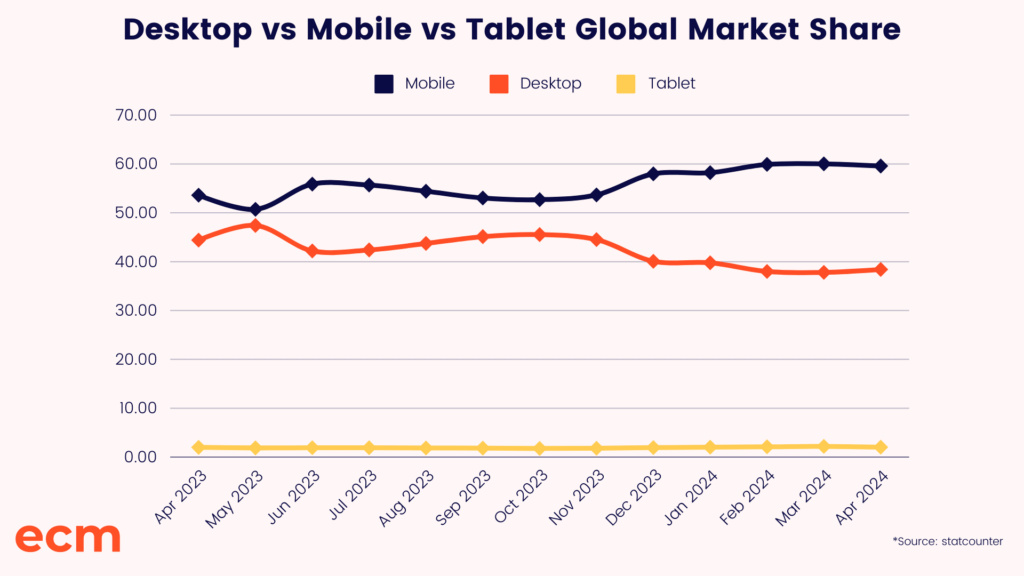
Mobile first design is a website design strategy prioritizing mobile visitors across your store. This requires ecommerce developers to optimize their websites for mobile devices first and foremost.
This strategy not only helps keep you popular with phone shoppers, it also helps boost your search engine optimization (SEO) efforts to improve online visibility.
More than 80% of US consumers shop online, and 60% believe mobile shopping provides a convenient experience.
And they're not alone. Google, the 800-pound gorilla in search, rewards mobile-first websites with higher search rankings.
The search engine giant uses the mobile version of your website to rank your store in search engine results (SERPs).
Previously, Google used the desktop version to benchmark your SERP position, but no more.
I find that mobile-first indexing incentivizes online marketers to prioritize the mobile user experience. These sites have faster loading times, responsive designs, and mobile-friendly navigation.
Prioritizing the mobile experience improves user satisfaction and your store's online visibility. This ecommerce optimization is not really optional—you either do it or you fade away.
You can track your site's performance on the search results pages using an SEO reporting tool.
If you're jittery about relying on SEO for leads, paid advertising gives you much more control.
9. Create a persuasive abandoned cart email strategy

Cart abandonment is a dire reality for ecommerce brands.
While crushing, I think there's always a silver lining to each abandoned cart on your ecommerce website.
It simply means these potential customers like your products, but life got in the way.
As such, you must reach out to the prospect before their interest wanes. And that's where a persuasive abandoned cart email strategy swoops in to save the day.
It entails sending a series of juicy emails enticing the prospect to complete the purchase.
Sending the first email 30 minutes after the customer abandons their cart is often recommended. If there is no response, a second follow-up can be sent 24 hours later.
Should there still be no reply, a third email may be sent after 3 to 4 days.
In a final effort to salvage the sale, a fourth email offering coupons, discounts, or additional information might be considered after two weeks.
Besides getting the timing right, your email must be compelling and on-point.
Once you've nailed the messages, you can automate the entire process with marketing automation software or cart abandonment software.
10. Use psychological pricing strategies for a subconscious boost
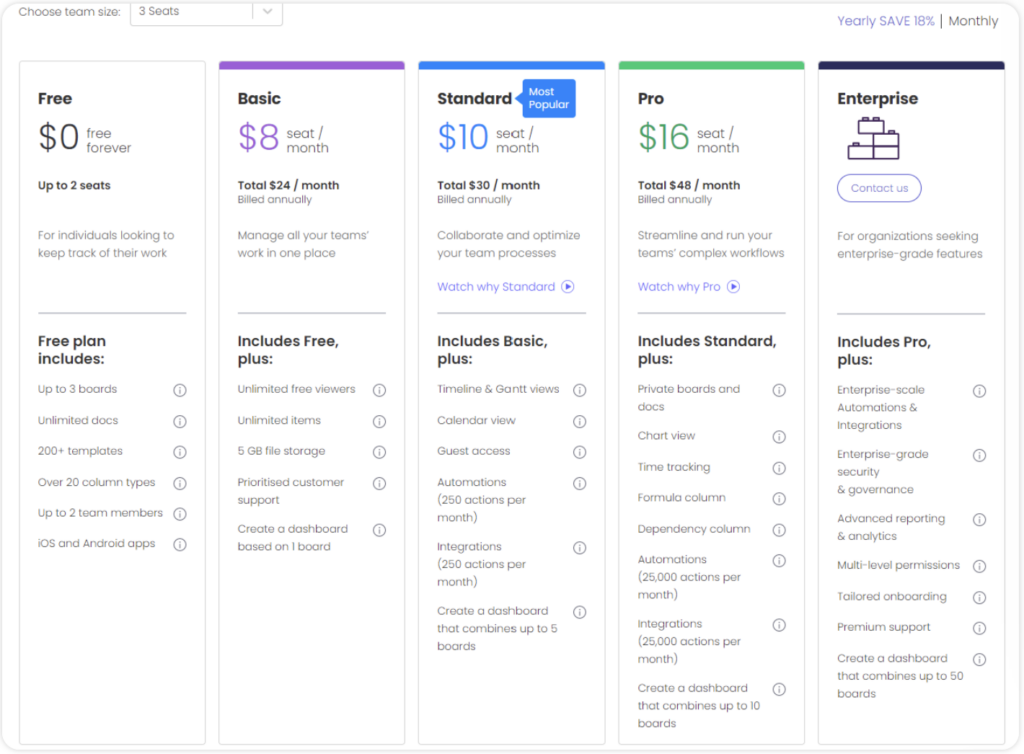
Let’s look at the example above. If you’re risk-averse, you’re probably leaning toward the Standard package here.
Why? Because it has the “most popular” tag on it, it shows that other customers are using it, building more credibility.
Besides, you get the best value for just an extra $2 while still being significantly cheaper than Pro Plan.
Despite the heavy-sounding name, psychological pricing entails formatting prices to elicit a subconscious response.
They're inexpensive, easy to implement, and highly effective. Depending on the product, I may use any of the five psychological pricing strategies:
- Price anchoring: With this strategy, companies can sway customers' perceptions of the offering's worth by presenting them with an "anchor" or reference price.
- Charm pricing: When using charm pricing, you set rates that finish in odd numbers, especially nine. Even in small differences, customers typically consider prices that end in 9 to be lower than rounded costs, such as $19.95 or $29.19.
- Decoy pricing: The tactic "decoy pricing" places a less desirable or inferior alternative next to the desired one to draw attention to the latter. The "decoy" usually has fewer features and benefits than the preferred option, but both are priced similarly.
- Center stage: The "center stage effect" takes advantage of people's innate tendency to focus on the middle of a screen. So, you can use this strategy to highlight a specific pricing plan or package that you want to entice clients to buy.
- Odd-even pricing: The objective of odd-even pricing is to use a certain numerical value to sway buyers' perceptions of a product's value. For example, the price will be set at a value marginally less than a full number, like $10.99 rather than $11.
The ultimate goal of psychological pricing is to increase the average order value by enticing customers to spend more.
Besides varying the prices, you can employ elements of scarcity and exclusivity in your strategy. Gamification elements such as reward programs and limited-time contests deliver incredible results.
For the best results, use these pricing strategies ethically and ensure they align with your overall pricing strategies.
You don't want your customers to feel exploited or tricked into buying.
11. Take to text with smart SMS marketing

Text or SMS marketing entails sending promotional text to customers through text messages.
While it's an opt-in service that customers must sign up for, text marketing delivers incredible results.
Text messages have a 98% open rate and a 10% click-through rate. Due to the personal nature of text messages, over 80% of millennials read messages within 90 seconds.
I recommend getting express consent from your customer before launching a smart SMS marketing campaign.
That helps you sidestep a potential legal minefield down the line. You can use your preferred CRM solution to segment your audience and target each group with personalized messages tailored to their needs.
A/B testing lets you determine the best sending schedule, special offers, and timing.
Let’s say you’re trying to determine when your subscribers are most active. So, you send the same message at different times (e.g., morning, afternoon, and night).
If you see more customers opening them at night, that’s your cue, and you can start sending messages at hourly intervals.
12. Launch landing pages for strategic funnel building
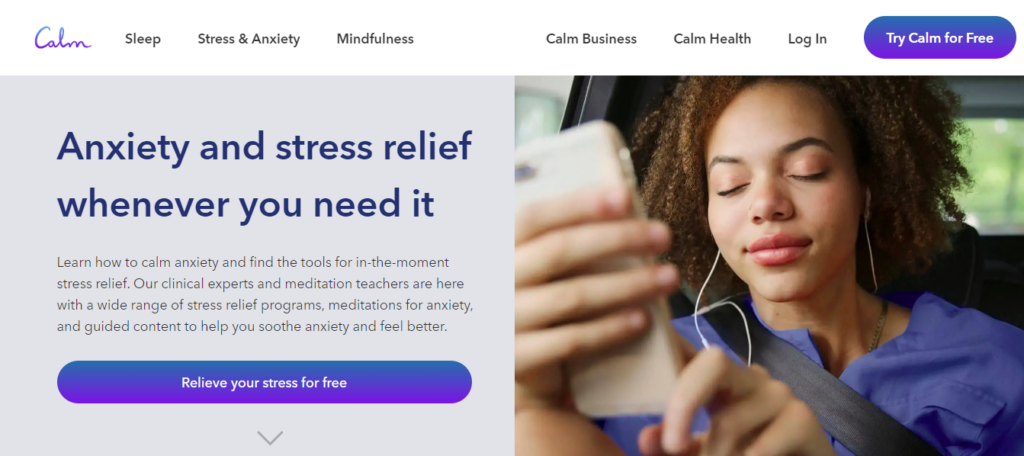
Landing pages are specially designed to help you capture leads and nurture them into buying customers. As far as ecommerce optimizations go, developing your sales funnel with landing pages has one of the biggest ROIs.
These online assets are a must-have because they allow you to build an email list and an effective sales funnel.
You've probably heard a digital marketer say, “The money is in the list.”
They usually refer to your email list—the holy grail of online marketing. I recommend building your list as soon as you launch your ecommerce website.
An email list is your golden ticket because it's brimming with prospects who like your brand and products. They are high-intent prospects.
And since they like hearing from you, you can target them with offers, promotions, and news about your brand and products.
High-quality landing pages do much more than capture email addresses—they also help you determine a prospect's stage in the buying journey.
As such, you can use them to assign prospects to the correct part of your sales funnel.
Segmenting your audience lets you target each stage with tailored messages that resonate with their needs.
It lets you give potential customers the information they need to make informed purchasing decisions while gently nudging them down the funnel to boost sales.
13. Leverage testimonials to earn trust early on
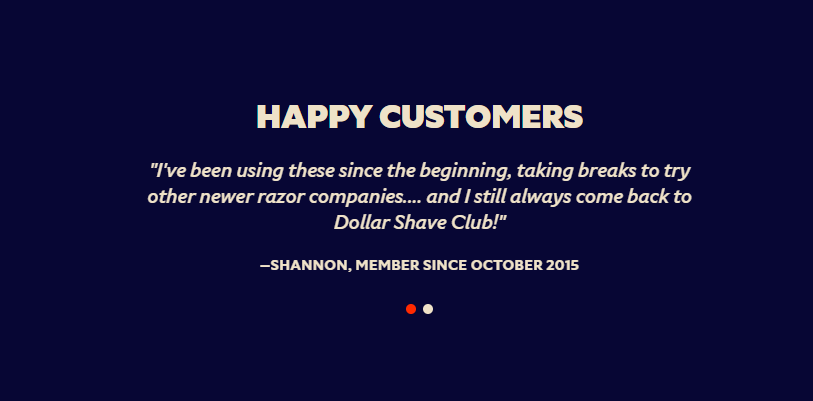
Every ecommerce store owner thinks highly of their products, which is reflected in their brand messaging.
Some even believe their business and products are the best thing since sliced bread.
However, that only puts prospects on edge unless they hear it from a credible, neutral third party—the customer.
That's what makes customer testimonials priceless.
Customers often provide an unbiased account of their experience with a product. They're scathingly honest if they got value for money or had a pleasant buying experience.
So, people have come to depend on customer reviews and testimonials when they need honest insights into a business.
Store owners should start curating customer testimonials as soon as they launch.
For instance, sending them a personalized note after they’ve purchased can encourage them to leave you a glowing review. Incorporating them into your marketing efforts brings the conversation full circle.
It allows customers to weigh your claims against what you deliver. If they find that you live up to your promises, purchasing from you becomes a no-brainer.
You can paste customer testimonials everywhere, from landing pages to product pages, social media, and email newsletters.
14. Use FOMO and urgency marketing to encourage quick action
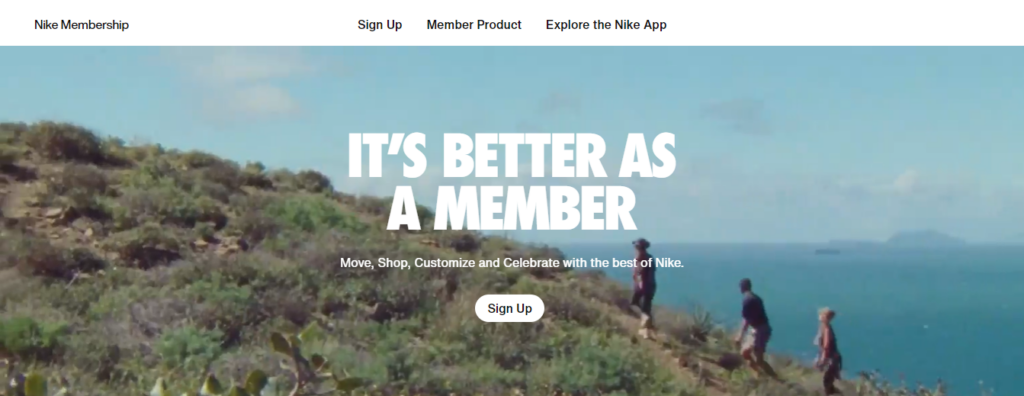
Fear of missing out (FOMO) marketing taps into a deep-rooted fear associated with being left out.
The strategy blends three psychological effects—urgency, scarcity, and social proof—to galvanize people into action. Skilled marketers use FOMO to increase product demand and boost sales.
From a customer perspective, I find limited-time offers, limited stock availability, exclusivity, and social proof of demand highly efficient in getting people to place their orders.
FOMO triggers an emotional response to potentially losing a valuable item or opportunity.
For instance, a high-end shoe retailer may launch a campaign offering pricey shoes at 50% off for only 6 hours. Shoe enthusiasts will likely trip over their laces to secure a pair before the deadline.
15. Don't forget about accessibility
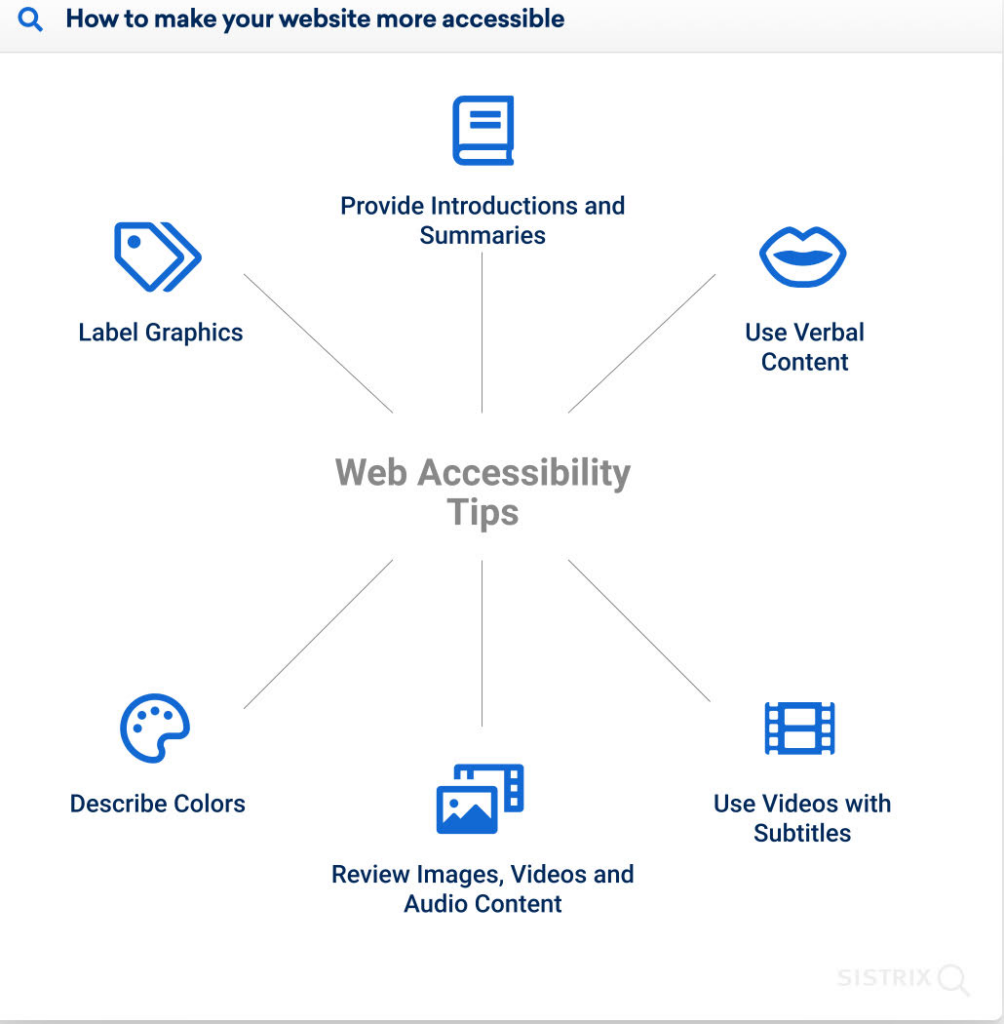
How accessible is your ecommerce website to people with disabilities? Can these prospects find the product and information they need quickly and effortlessly?
Most online stores overlook the needs of people with disability, and it paints them in bad light.
When performing regular ecommerce optimizations, you should always ensure that all of your customers can access your pages.
I recommend store owners prioritize accessibility to improve customer engagement and avoid possible legal entanglement.
In many regions, website accessibility is a legal requirement.
In the US, the Americans with Disabilities Act (ADA) requires website owners to grant people with disabilities equal access to information. The Web Content Accessibility Guidelines (WCAG) provide international guidelines for web accessibility.
Nevertheless, many websites aren't in compliance. This gives you an opportunity to give these forgotten shoppers the experience they deserve.
Grow Your Ecommerce Sales With Powerful Optimizations
Optimizing your online store for conversion enhances user experiences and guarantees higher sales.
Ecommerce optimization lets you garner incredible insights into your target market needs and take proactive measures to meet them.
From A/B testing to personalized messaging and persuasive product descriptions to web accessibility enhancement, you can drive impressive results.
While the ecommerce optimization process may seem daunting, plenty of tools help you power through and effortlessly grow your bottom line.
The world of ecommerce moves fast—and so do you. Subscribe to our newsletter with the latest insights for ecommerce managers from leading experts in ecomm.
Ecommerce Conversion FAQs
What are the key metrics to track for ecommerce optimization?
Key metrics for ecommerce website optimization include customer lifetime value, average order value, conversion rates, shopping cart abandonment rate, bounce, and engagement rate.
The specific metrics depend on the products, services, and unique business needs.
How can I optimize my ecommerce site for international customers?
You can optimize an ecommerce site for international customers by translating the content into multiple languages, accepting various currencies, localizing content, and supporting geolocation.
These measures give your site a local feel that resonates with your target audience.
What role does website security play in ecommerce optimization?
Prioritizing web security allows customers to securely visit and transact on your ecommerce website without compromising their data.
It builds trust and encourages shoppers to repeatedly buy from your website.
What is CRO in ecommerce?
Short for conversion rate optimization, CRO helps increase the percentage of people who take desired action when visiting your website.
It focuses on helping ecommerce businesses increase sales without necessarily increasing the number of website visitors.


